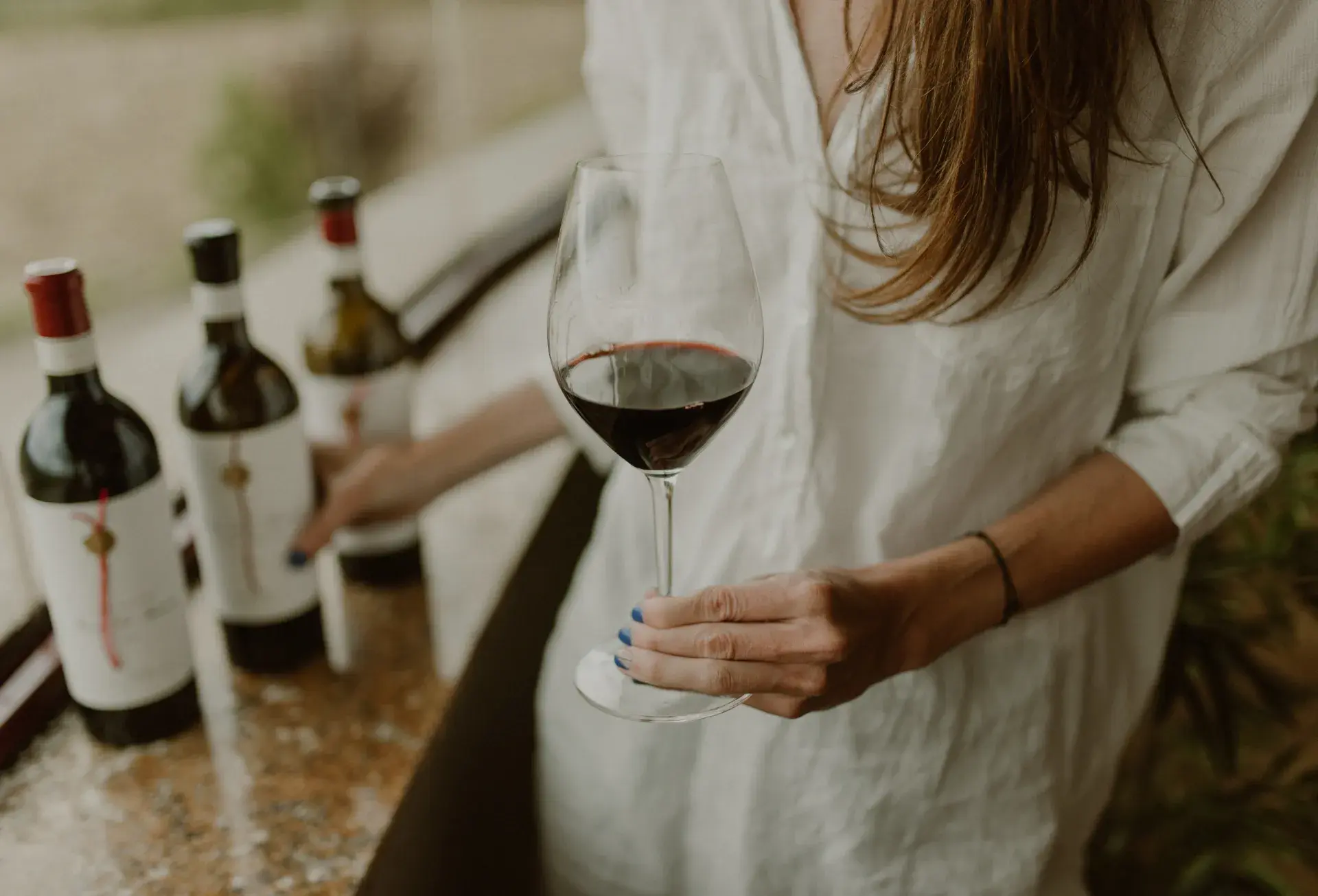
The plot
Parcel Nº2
"The differentiating factor of the wines comes from the plot."by Adrián López, Brand Ambassador.
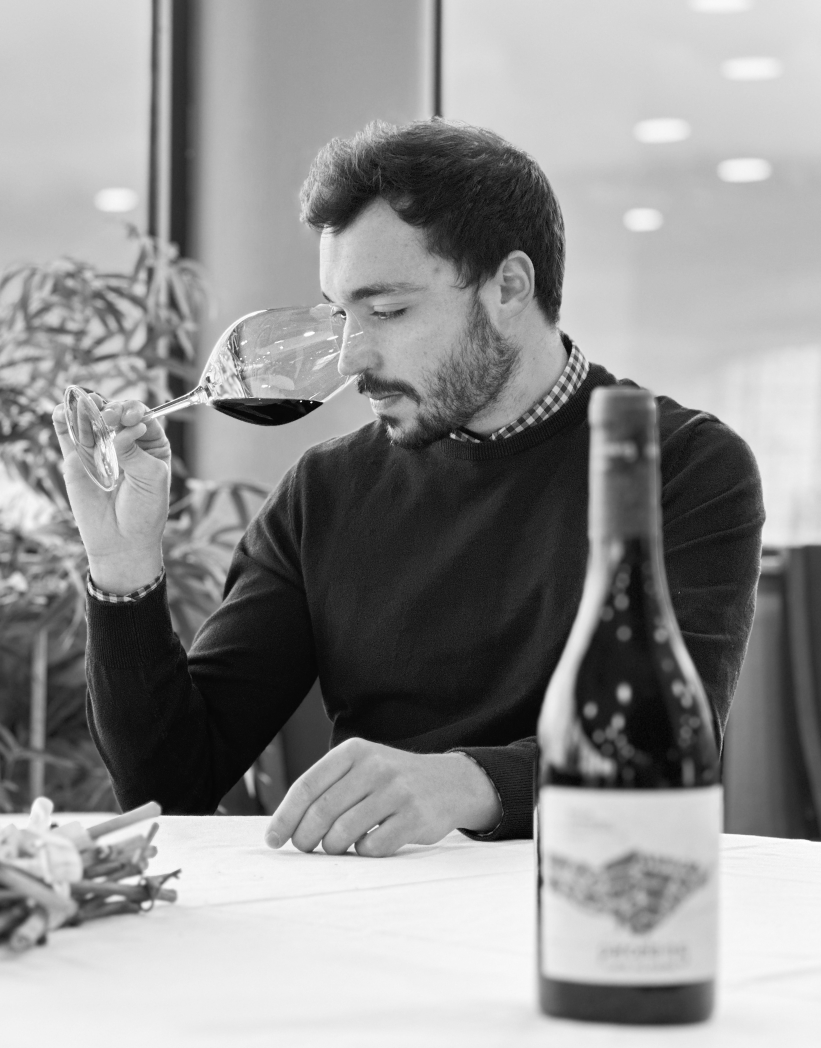
Adrián López
Adrián López Oliván is Brand Ambassador of Luis Alegre. He is currently a Sommelier, after being certified at the European School of Wine in Costa Rica with the International Sommelier Certification, in addition to being a Senior Technician in International Trade.
Residing in La Rioja, he is passionate and knowledgeable about wine, after years of experience in the sector.
In this second chapter of La Parcela, he offers us his vision and knowledge about plot wines, their characteristics and curiosities.
I believe they should have a differential factor that originates from the plot. This could be the location, soil type, orientation, year of planting, or historical value. A great plot-specific wine must be able to showcase and convey the identity of the plot.
Today, we have an enormous diversity in the wine world. I think each style meets different market needs.
However, it's really important to interpret each style in its appropriate context. The place, the moment, and the company are crucial aspects to consider when enjoying a glass of wine.
Description of plot-specific wines
We could define them as wines with a focused identity rooted in their origin. The uniqueness lies in the plot itself, making these wines special and unique within a similar environment.
"ENJOYING A WINE IN ITS PLOT OF ORIGIN IS ALWAYS A MEMORABLE MOMENT"
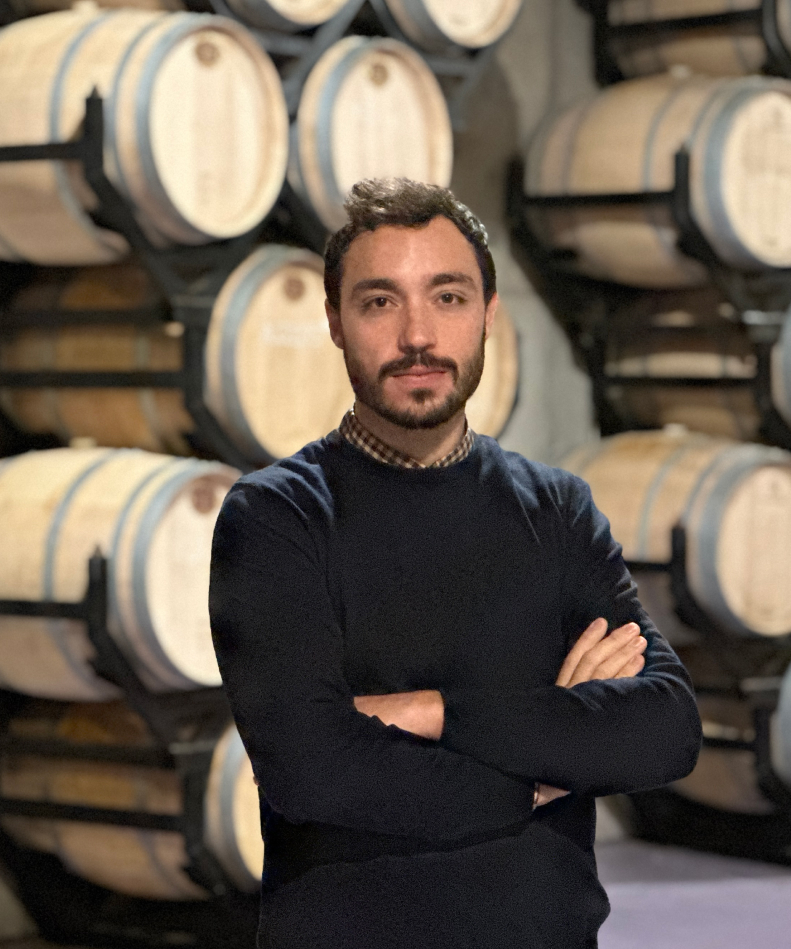
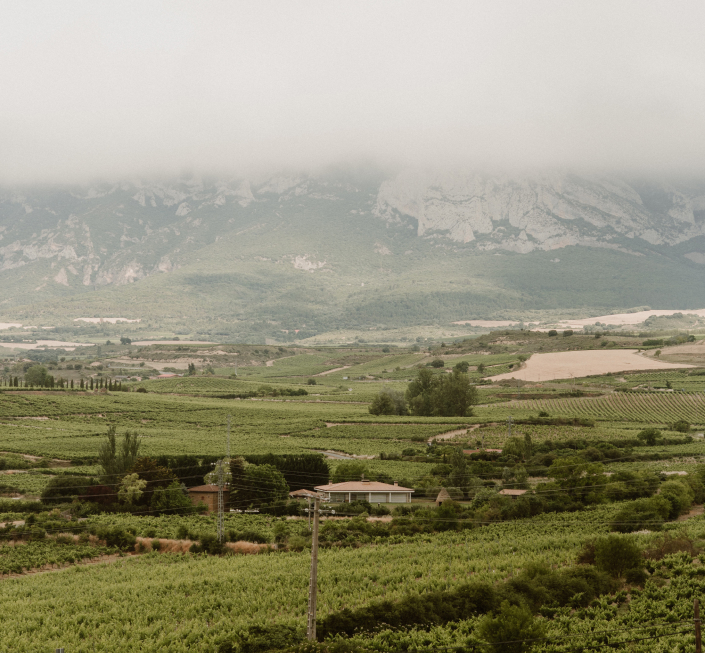
It's a trend that started years ago and continues to grow. It ultimately involves a process of "trial and error" by the viticulturist and winemaker. They have the ability to understand and work each plot differently to produce a wine that is 100% representative of it. If there is one winery that has championed this, it is Luis Alegre, which has always emphasized plot-specific wines.
Within their diversity, they are incredibly balanced and effective wines. They are very contemporary yet represent a town and a historical winemaking tradition.
The plots! You have to be there to understand it all. They are, without a doubt, the main reason for the unique characteristics of Luis Alegre's wines.
I believe the plot selects itself. The viticulturist detects its uniqueness, but ultimately it possesses conditions that make it different from others in its environment. These conditions could be the soil type, location and orientation, microclimate, planted variety, or its performance.
An anecdote about finding unique wines
In a way, all wines are unique. I’ve had the opportunity to try curiosities like wines from nearly extinct grape varieties, wines aged in the depths of the sea, or honey wines.
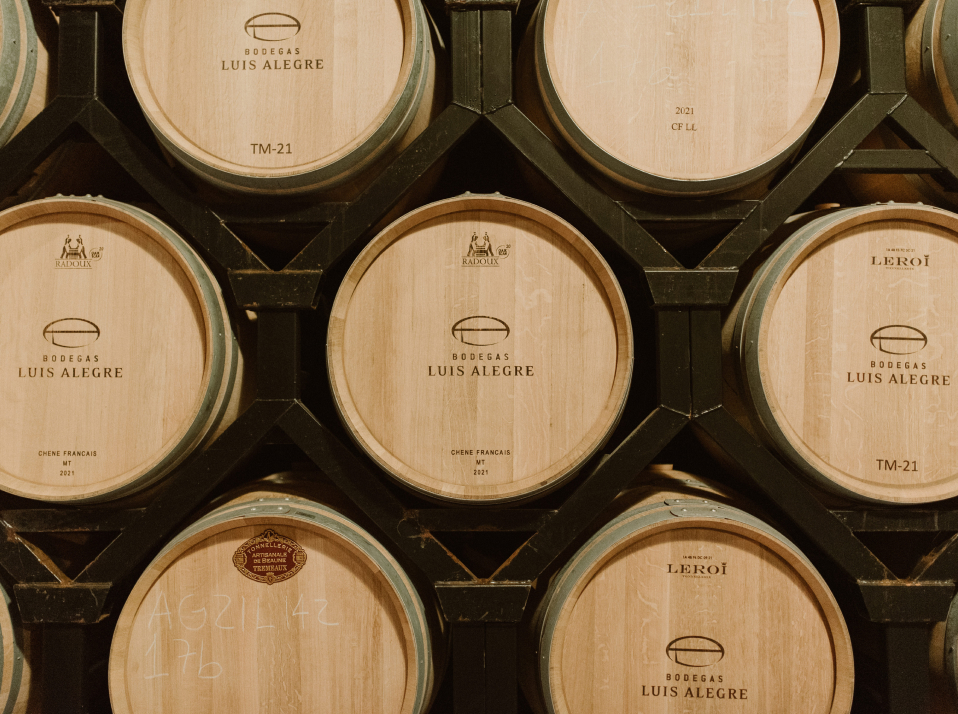
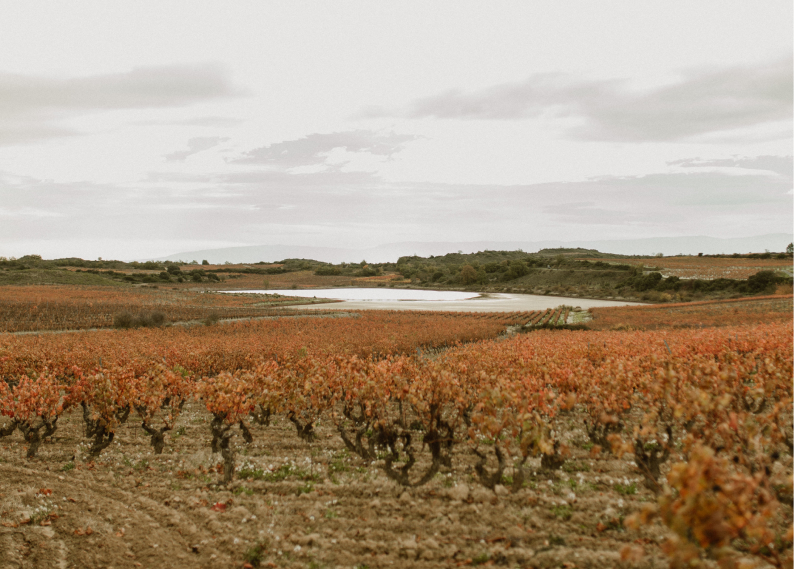
In the wine world, La Rioja is a highly competitive area. It’s not easy to make a name for yourself here, and I’ve tried to grow through education, effort, and hard work. Each customer poses a challenge. It’s essential to read them well and earn their trust and respect to excel at what we do best: telling stories, conveying them, and providing enjoyment through wine.
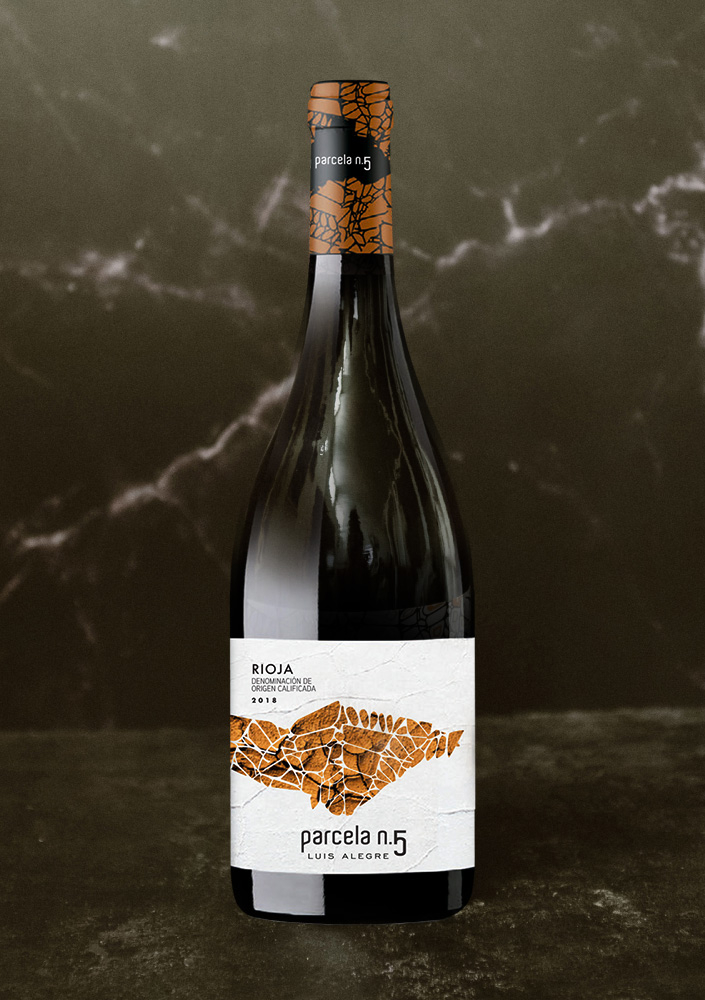
“PARCEL Nº5”
Is there any lesser-known wine you consider a hidden gem within Luis Alegre's range?
Within their line, I am particularly excited about "Parcela Nº5". Born in the complex salt lagoons of Laguardia, it is a Tempranillo with unique vitality and aromatic complexity.
Recommendations and Pairing Advice
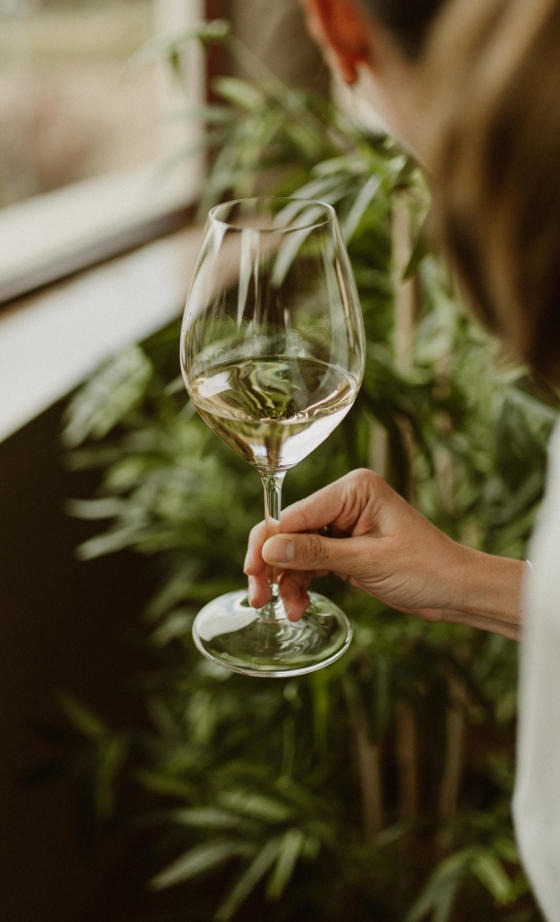
Do you recommend any books, online resources, or events for wine enthusiasts?
The theory is fundamental to understanding basic concepts. However, it’s important to move around. Being a consumer of wine tourism and attending national and international fairs allows you to access any type of winery, producer, and wine. It is undoubtedly the best way to understand what is behind each wine and to feel part of each project.
For those looking to explore plot-specific wines, do you have any recommendations on how to start or which regions to investigate?
Firstly, it would be interesting to compare wines of the same grape variety and similar production from plots with different characteristics. If we talk about regions, we must undoubtedly mention Burgundy.
Would you recommend specific pairings for plot-specific wines? Are there foods that particularly complement these specific expressions?
We shouldn’t generalize. Each wine (whether plot-specific or not) has characteristics that we need to interpret to pair it in the best possible way.
Curiosities
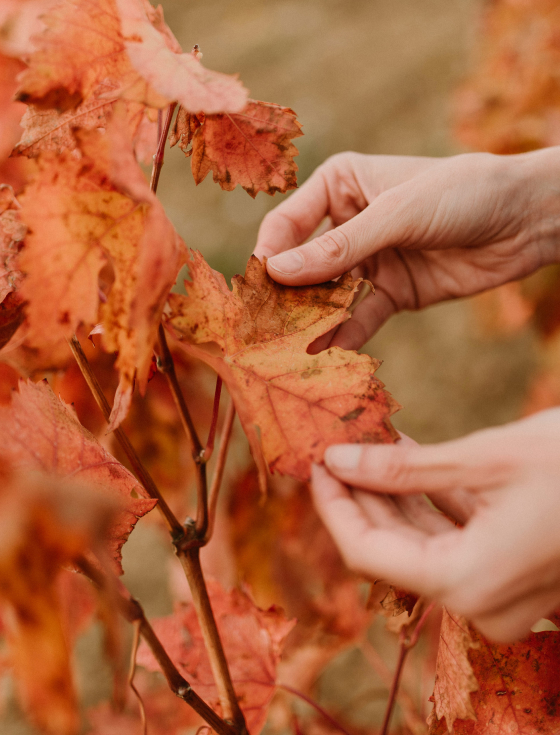
Have you noticed any changes in customer preferences or wine production?
Customer preferences change continuously. We are “victims” of trends that periodically emerge in society, suggesting what type of product we should consume. Consequently, wine styles evolve and adapt to market needs. At this point, wineries must be able to meet these needs without losing their identity and always staying true to their idea, philosophy, and project.
Have you observed any interesting innovations in winemaking techniques used for plot-specific wines?
Perhaps the word "plot" has been taken literally to the point of creating one within the winery to produce the wine from it. Today, it’s common to find small and sophisticated winemaking elements dedicated exclusively to each plot-specific wine.
Stories and Traditions
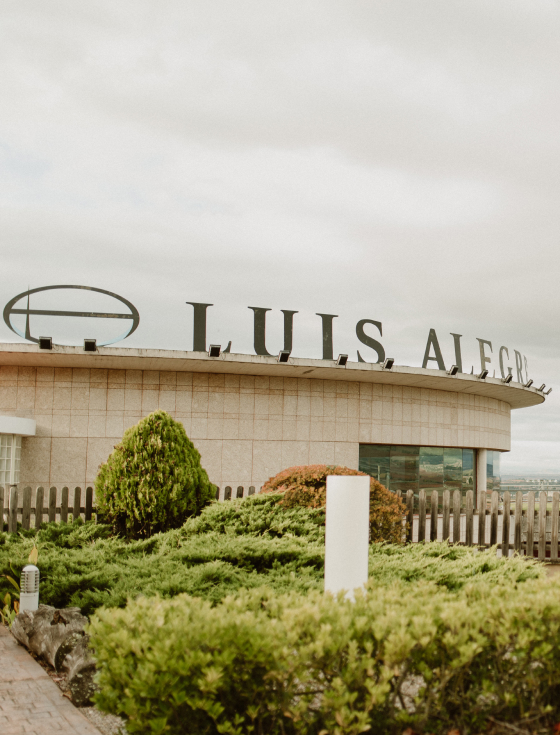
Are there interesting stories or traditions associated with the production of plot-specific wines in certain regions?
I understand there are. Each region must have its own tradition, residing in the minds of those who, many years ago, were born to care for the vineyard.
Where is the key to combining evolution and tradition? How has Luis Alegre accomplished this?
Leaving a legacy of knowledge, dedication, and care in the hands of new generations. Being able to convey all this is key to paving the way for a more innovative, fresh, and contemporary vision. Luis Alegre has always been a winery with great potential. It understands and interprets the present to work on the future.
Personal Experiences
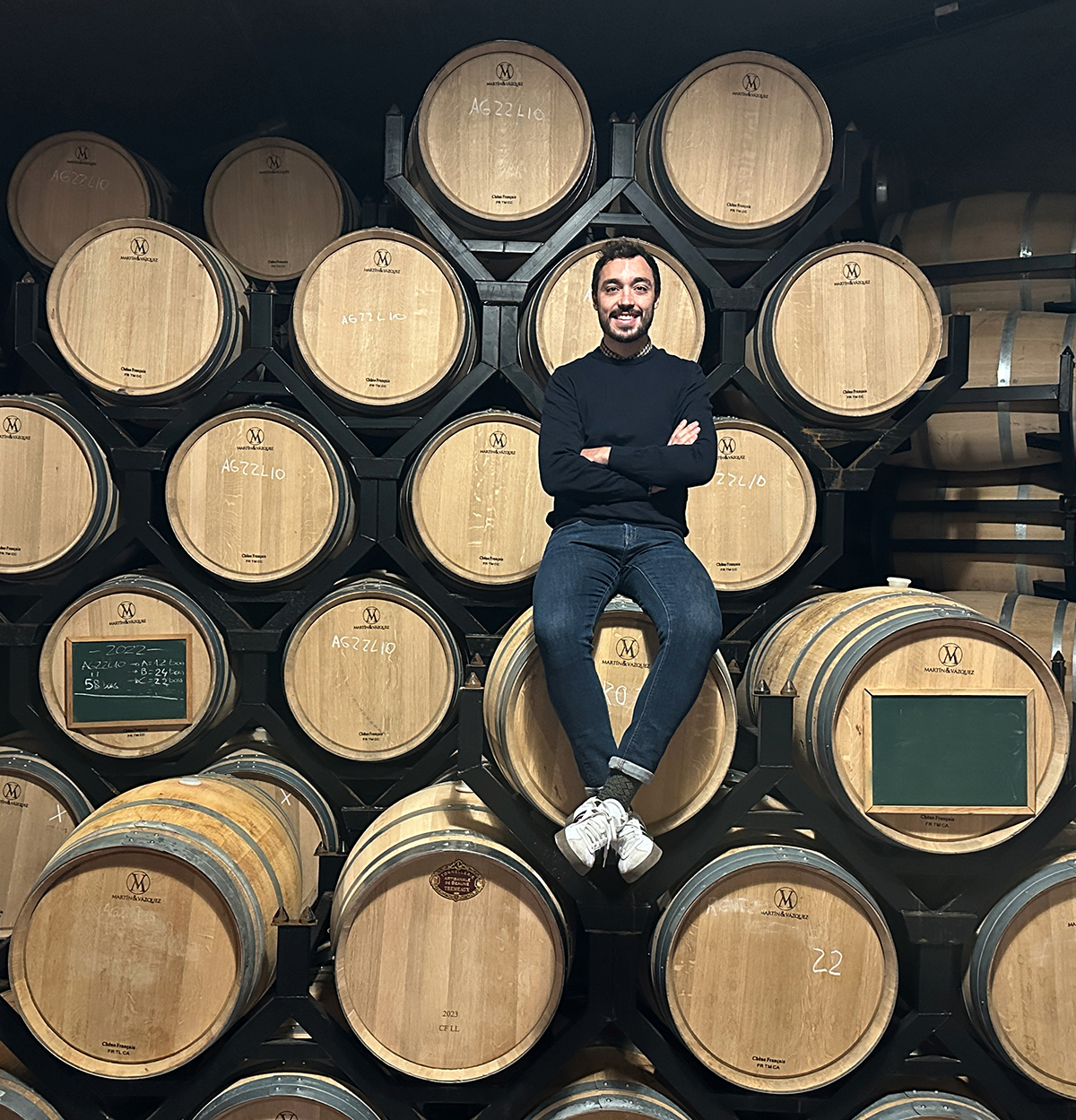
Can you share a memorable personal experience with a plot-specific wine? Have you ever been pleasantly surprised by a plot's unique expression?
I always say that the best way to understand a plot-specific wine is to “feel” the plot it comes from. Enjoying a wine in its place of origin is always a memorable moment.